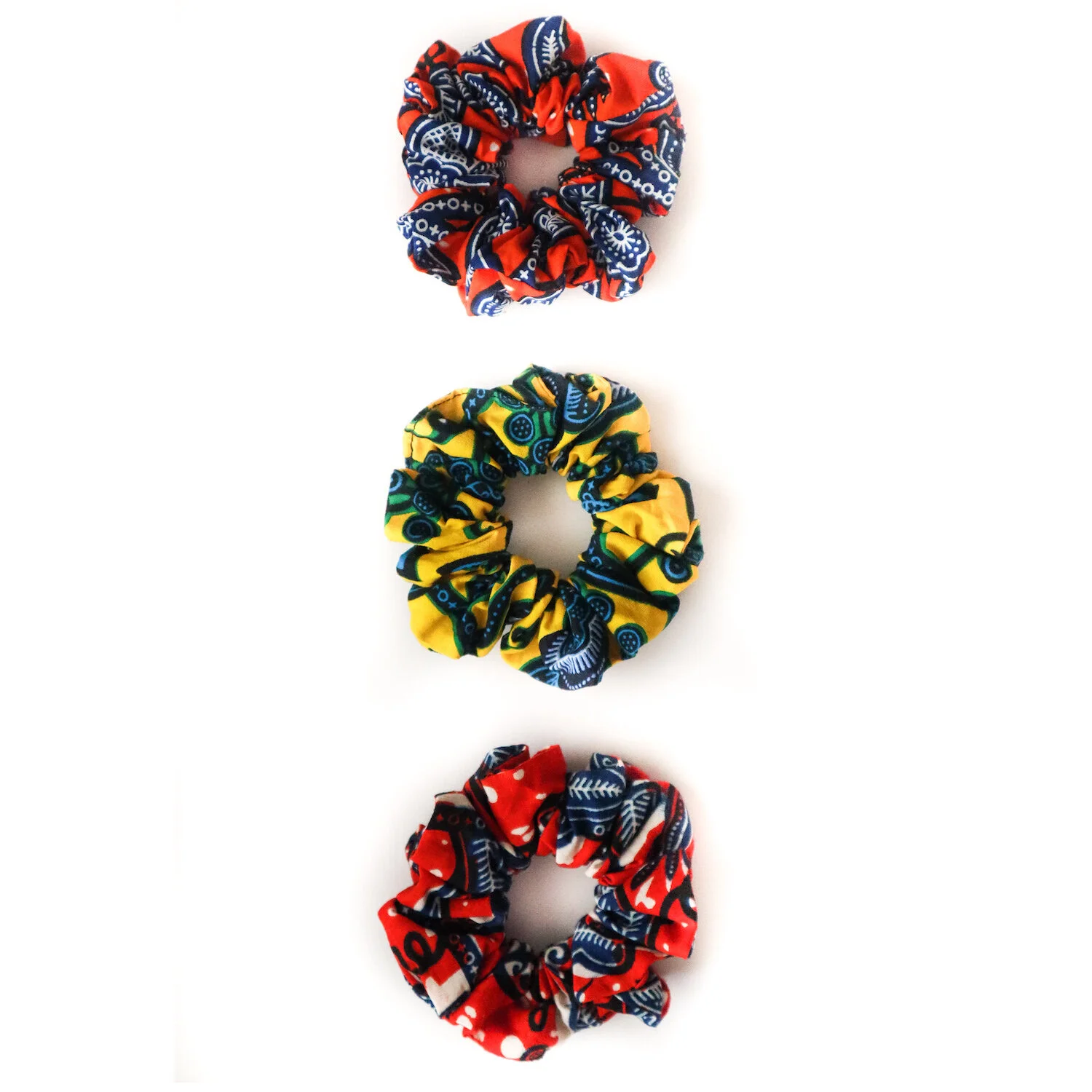In conversation with Lili Momoko Suzuki
“I pour my personal experience and feelings into the creative process, and the results reflect that.”
- Lili Momoko Suzuki
Image: Momoko Suzuki
Lili Momoko Suzuki is a jewellery designer and branding consultant who studied jewellery design at Central Saint Martins in London. Growing up in a family where her father collected Asian antiques and her mother was a textile artist, Lili's artistic interests were nurtured from an early age. With experience designing for fashion houses in Europe and India, Lili discovered her true passion lies in the intricate making process of traditional handcrafts. As a jewellery designer, she now focuses exclusively on crafting unique, one-of-a-kind pieces that reflect her ongoing journey of exploring and redefining aesthetics, drawing inspiration from various moments of life.
She also serves as brand director and designer for traditional craft companies such as DOMYO, a renowned hand-braiding company in Tokyo. Her contributions not only help these companies showcase their craft to global audiences but also play a significant role in safeguarding their cultural heritage for generations to come.
How did your journey into design begin?
It all started when the current president of Yusoku Kumihimo Domyo was appointed. He said he had been considering making kumihimo products that could be worn with Western-style clothing, and asked me for advice. I suggested creating a new brand, expressed in Western letters, and that was the origin of Domyo – we’ve never looked back.
How would you describe your artistic style? Would you say there is some sort of recognizable characteristic in how you design?
I seldom think about or try to analyse what my own style might be.
But when I am designing, I do try to find forms that make the most of each material’s characteristics (texture, weight, colour, feel) and exploit their potential to the fullest, to ensure that the end result feels balanced and comfortable when actually worn. At the same time, I believe it’s very important for such products to have a story that resonates with the owner; there needs to be ‘meaning’. If there’s no meaning behind their existence, then there’s no point bringing them into existence.
One other thing: when I complete a new creation, people often comment that it is recognizably my work. I guess that’s because – as you’d expect – I pour my personal experience and feelings into the creative process, and the results reflect that.
How would you introduce Kumihimo by Domyo to someone who has never heard of the brand?
Kumihimo is a Japanese craft, one that has been cherished for its combination of beauty with practicality. Each Domyo product, in turn, embodies a crystallization of this history and the stories forming its background. Wearing them, even just holding them, can help you feel uplifted and emotionally enriched. That’s the essence of the brand.
We recently had the pleasure of attending the opening of the exhibition Kumihimo: Japanese Silk Braiding by DOMYO at Japan House London, where we learnt a lot about the history of Kumihimo. Can you tell us a bit about what the future holds for kumihimo at Domyo?
In one sense, kumihimo is nothing special: there has been a need for such items throughout each period of history, and that’s why kumihimo exists. Domyo has simply been responding to this demand: that’s really the secret to our longevity. I believe the same will hold true in the future, too. It’s not a question of wanting to make some great gesture. The modern world is questing after certain forms, we respond flexibly to that desire, and that continually helps us feel hopeful about the future. Because kumihimo itself is still evolving… We treasure the braids from the past, but remain inquisitive and eager to take up new challenges.
Image: Kumihimo: Japanese Silk Braiding by DOMYO at Japan House London. Photo by Jeremie Souteyrat
Describe briefly the three biggest challenges you have faced in the work you do?
To transfer a concept into an actual design. It’s a never-ending process of trial and error, continuous experimentation.
To break free from the world of “Japanese” colours that Domyo has pursued to date.
To retain Domyo’s history and respect our long-standing customers, while simultaneously coming up with totally fresh branding.
How would you describe your creative process?
I find inspiration from my everyday life. I absorb information from ordinary things, as much as possible, from all possible angles. The next stage, transferring that into the physical world of kumihimo, involves a long experimental process. In many cases, the cord or design we end up with is quite different from the original concept – but that itself can serve as inspiration for further development.
Image: Kumihimo: Japanese Silk Braiding by DOMYO at Japan House London. Photo by Jeremie Souteyrat
How would you say you’ve grown as a designer since you first started?
It’s not so much the monozukuri, the manufacturing activities, per se. Rather, it’s the environment, being in a company with such a rich, long heritage, that has helped me become more aware of the importance of human relationships, of what other people are thinking, within my work.
To make something really good, a good product, it’s not enough to have just a quality item that expresses something… It’s important for it to tell a story that engages people’s hearts. So I’ve found that I’m spending more time now thinking about how to communicate that.
What’s been the biggest lesson – about yourself, your abilities or just general life lessons – you’ve learnt since starting your business?
To trust my intuition. To be thankful, always. And not to ignore even small imbalances, but to face them head-on.
These three lessons are important both in my creative work, and in my everyday life. They have also become increasingly important to me over the years since I first joined Domyo.
What is the best advice you have ever received?
Passion! To do something you feel passionate about.
Can you tell us a bit about what we can expect to see from Domyo in the future?
Domyo will continue to take on new challenges.
That might mean addressing the environmental issues we all face, from the perspective of a manufacturer, or adopting new materials that are more durable or practical, or introducing mechanization, for example. We’re committed to preserving the past yet also moving forward in response to the numerous demands we see both in and outside Japan.
Kumihimo: Japanese Silk Braiding by Domyo is on at Japan House London until 11 June 2023. Click here to reserve your free tickets.














